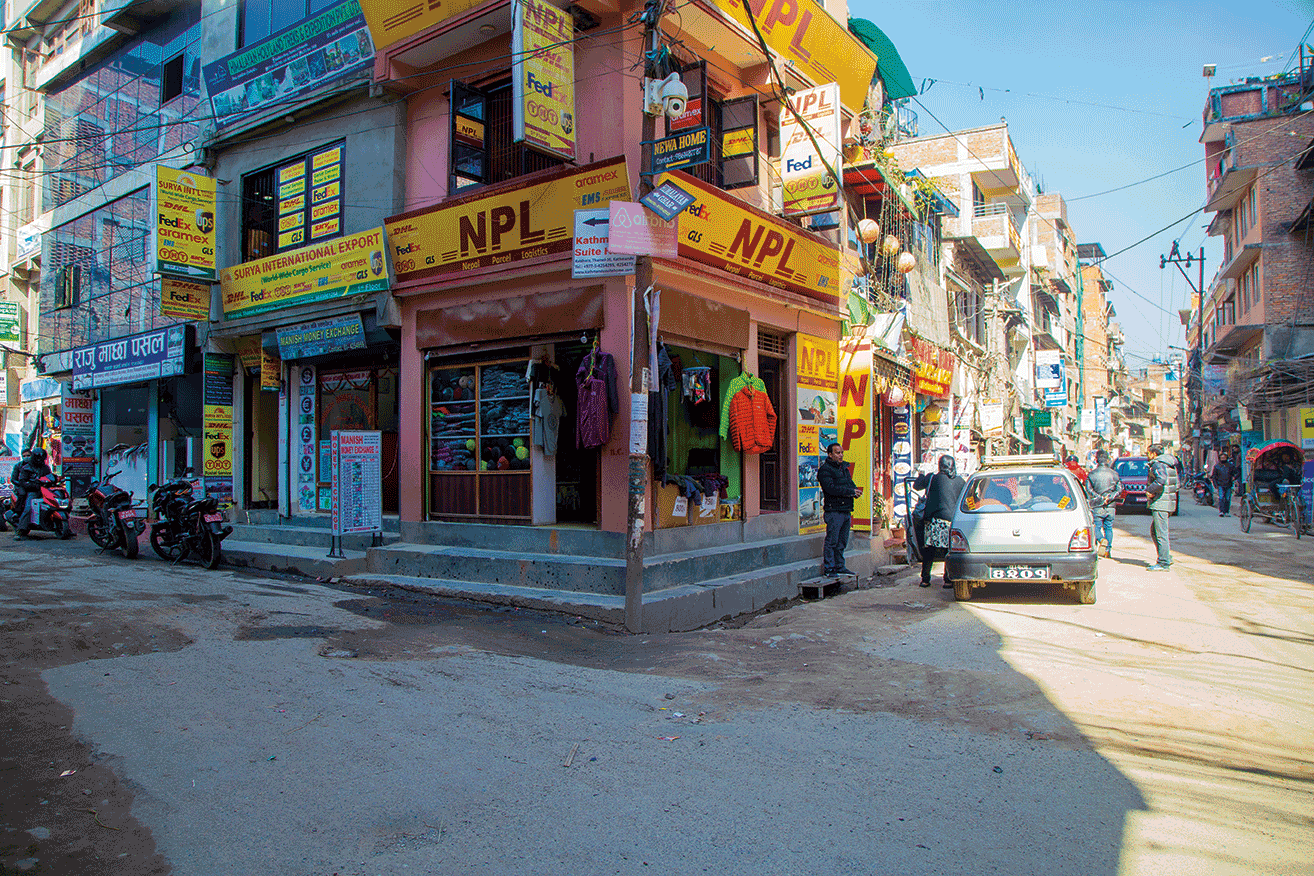
With over three decades of experience in the hospitality industry, Mrs. Shreejana Rana, the executive director of Hotel Annapurna, becomes the first woman to be elected as president of the Hotel Association of Nepal (HAN). She started at the ITC, India’s second largest hotel chain, in the 1980s before joining Hotel Annapurna. After her election as president, we sat down with her to talk about her recent election and her views about all the new chain hotels coming into Nepal. Here, we give you an insight on what Rana had to say:
How do you feel about being the first woman president of HAN?
I am honored and proud. However, I do not want credit solely because I am a woman. I was unanimously voted into office. I am President because of the confidence that HAN has in me as an individual, not because of my gender, and because I am capable of bringing change and to doing justice to the position. There is so much I want to do and achieve for HAN and for the hospitality and tourism industry during my tenure. But, yes, it is a matter of great pride to be an example to other women; to demonstrate that we can achieve just as much as men. I hope this will encourage other women to not be bound by fear or society’s expectations but rather to go out and fight for their dreams and be the best that they can be.
What do you think about all these new chain hotels coming to Nepal?
The increase in the number of international chains arriving in the country has motivated all of us and increased competition in the hotel industry. Being part of a chain brings a total package, from marketing to training, to a hotel. A chain hotel has numerous advantages—it operates with an established system and structure, it runs with a high degree of professionalism, and proper training and marketing mechanisms are already in place. It therefore becomes easier to work in a professional and productive way within this set framework. Also, competition is supposed to ensure that each property performs at its best and offers visitors a broader and exciting choice. We are all hopeful that Visit Nepal 2020 will address this situation to the benefit of us all.
Why did they not come before, and what made them pull out?
To be honest, back then, Nepal was dealing with political instability and a poor economy. The government’s financial policies were not favorable to outside investors. The return of chain hotels now, therefore, is a positive reflection of our country’s current economic climate. Things are looking up and the tourism sector is showing positive development. The enforcement of standardized MOUs has also supported this rise. In the past, it was sometimes difficult for local parties to fully understand the terms and conditions of a MOU. Now the MOU process is standardized, easy, and clear. Unfortunately, potential investors still face the extraordinary task of navigating our bureaucratic system.
What is holding us back in terms of tourism?
Both the public and private sector have many plans and visions in place but are slow to implement them. It is vital that all of us in the tourism industry, whether government or private sector, work hand-in-hand for progress to take place in the industry. We cannot do this alone. The government must include the private sector in decision and policymaking processes. There is significant investment in the hotel sector, and the government must take measures to protect investors and their investment. Simultaneously, while plans and policies are in place, implementation by the government remains weak. The industry must be given precedence and be provided with the same facilities as other priority industries; proper implementation and accountability mechanisms must be in place for growth. Infrastructure still remains one of our biggest drawbacks. It is vital for development, not only for the hospitality and tourism industry, but for all industries in Nepal. But, road connectivity is poor, and air connectivity, expensive. While the country has taken a positive step towards renovating as well as constructing new infrastructure, the pace is far too slow. Incentives and penalties must be established and administered. Also, there must be a strong focus on training to produce high quality and standardized services. Ultimately, tourists should be satisfied, secure, and content with the hospitality that they receive.
What are your plans for the future?
As touched upon in my previous answer, HAN will give priority to training, be it for homestays or for 5-star hotels. This will ensure the quality and standard of our guest services. HAN will also fight to make its voice heard in the policy-making arena. By working hand-in-hand with the government, resources can be capitalized and more effective. Along with that, pragmatic policies relevant to the current tourism context of the country also need to be developed. Best practices of neighboring countries will be analyzed, and if relevant, adopted and customized to fit our national and local context. We will also examine supply and demand of the market on a regular basis and promote research and development for growth of the industry. The promotion of Nepali cuisine here and abroad is a strong priority. Also, while we Nepalis are blessed with a beautiful country, at times it feels like we are taking it for granted. HAN intends to promote the local cuisine and products of each of the seven provinces to boost both international and domestic tourism. We want our visitors to enjoy exploring and visiting different parts of our country.











